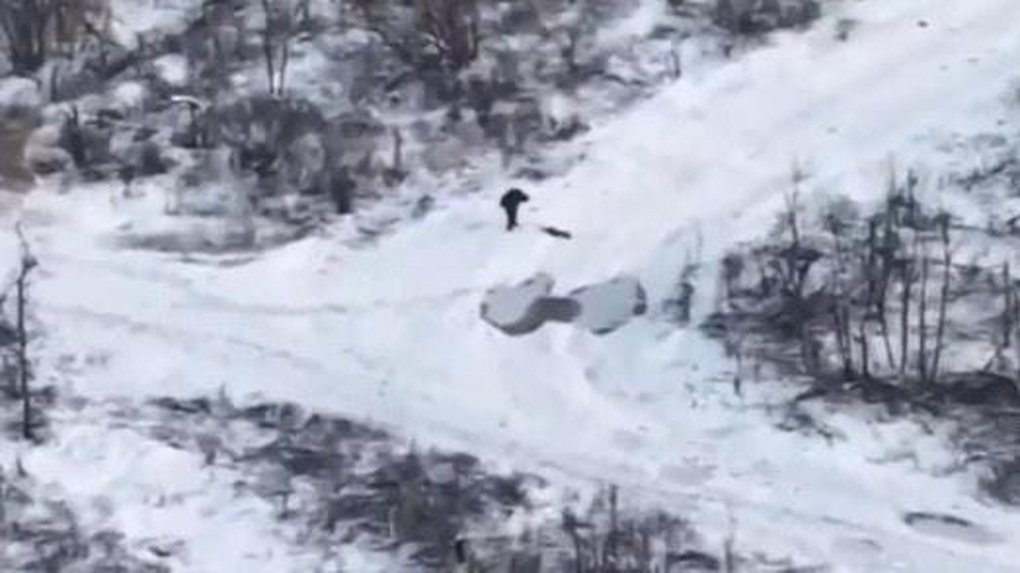
Russian soldiers approach a PTM-3 mine dropped by a Ukrainian drone near Bakhmut (Photo: Ukrainian Ministry of Defense ).
Forbes reports that Ukraine's UAVs have acquired a new skill: laying mines from the air.
This tactic helps Ukraine minimize human losses because before UAVs were developed as they are now, Kiev's special forces would be forced to infiltrate Russian-controlled areas and lay mines by hand.
This is a very dangerous job, posing great risks and sometimes even being considered a "suicide mission". Laying mines behind enemy lines is one of the methods of guerrilla warfare, suitable for a war of attrition.
According to observers, drones are now used not only to identify and attack targets, conduct aerial reconnaissance, and drop grenades, but also to lay mines.
The mechanism here is that the UAV will drop mines on the ground. The mine used by Ukraine is the PTM-3. This is a classic anti-tank mine produced by the Soviet Union, has a box shape, contains 1.8 kg of explosives and does not explode when dropped from above to the ground.
To do this, Ukraine modified the PTM-3 with custom-made detonators they called “johnnies.” According to Forbes , these detonators are equipped with “gyroscopes, accelerometers, and magnetometers to detonate the mine when it is impacted or moves after being placed on the ground.”
"Johnnies" detonators can also be triggered when armored vehicles, or even soldiers carrying weapons or armor, pass near a mined area.
Drone minelaying may explain how Ukrainian brigades defended Synkivka, in northeastern Ukraine, in December 2023, when Ukrainian minelaying was carried out in brief pauses between seven successive Russian armored attacks.
Kiev drones are also dropping mines along some of the roads connecting the Russian rear with the narrow Ukrainian marine bridgehead at Krynky, on the left bank of the Dnieper River in southern Ukraine.
Russian journalist Alexander Sladkov explained on social media: "It is difficult and dangerous for Russian forces to move between the front line and the rear. At night, Ukrainian UAVs mine Russian paths, hindering Moscow's movement."
In addition, in combat, the element of surprise is very important and mine-laying UAVs are doing this well. According to Forbes , Ukrainian forces can now continuously lay mines on routes that the Russians have previously cleared, causing tactical surprise for the enemy.
Russia can never be sure where the mines will fall. To be safe, they have to assume that all roads within the UAV’s range – about 10 miles from the communication line – are mined. That significantly affects Russian operations, making them move much slower.
According to Forbes , Russia has begun to adopt similar tactics. This is not surprising because Russia still has the upper hand over Ukraine in terms of UAVs and it is not uncommon for them to quickly adapt to the technological advantage on the battlefield.
Last month, drone operators of the Russian 1st Tank Corps revealed that they used UAVs to lay POM, PMN-4, PTM-3 and PTM-4 mines.
Source








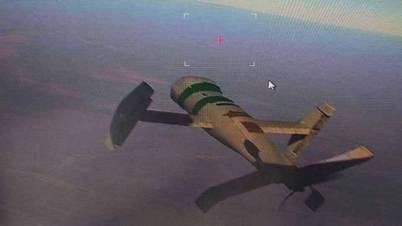

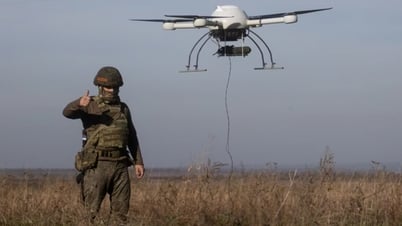


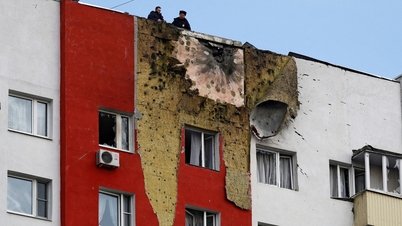

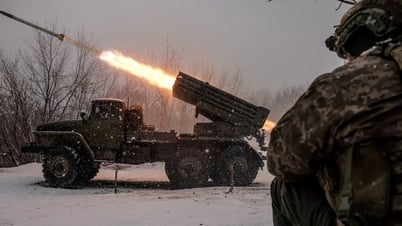




















































































Comment (0)